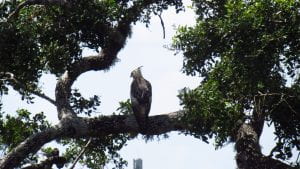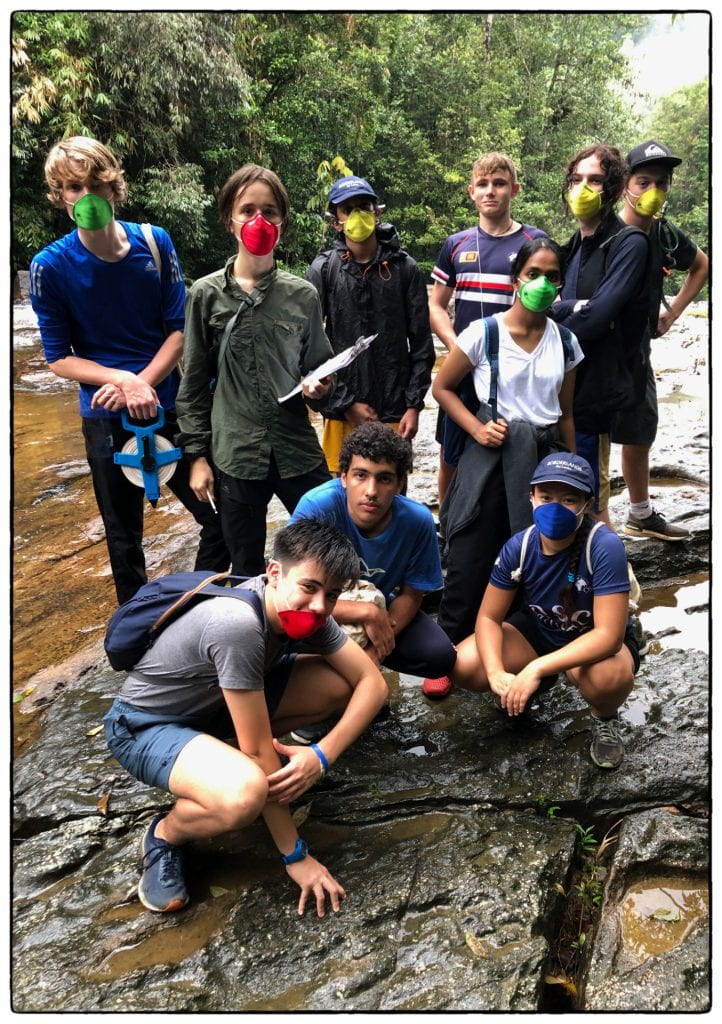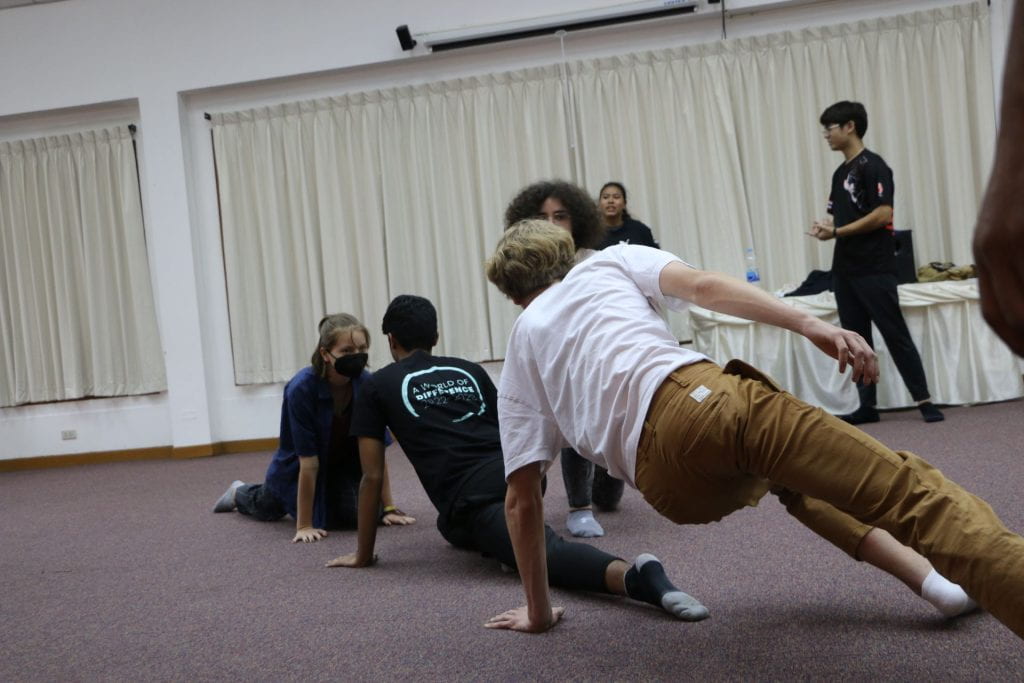
The ISTA Experience
On Tuesday night, we headed to Thailand for the ISTA trip. It was at 10PM, so naturally, everyone was tired, but still waiting in anticipation for the trip that was about to happen. It was especially exciting for me because this would be my first time going to Thailand. We spent a few hours at the airport in Colombo before departing, and then it was a 3-hour ride to Bangkok. We spent a few hours at the airport in Bangkok, and while there, met ASD, another ISTA-participating school. We then flew to Chiang Mai and installed ourselves. I was in an apartment with Akash and a few boys from ASD, OIS and BPS. After the installation was completed, we went to a campfire dinner to get to know the other students. The next day, we started our progress with the workshops and completed an IBDP perspectives workshop. We learned about staging theatre and the relationship between the stage, the audience and the actors. Specifically how the audience was placed in relation to the actors affected the viewing experience. After, we had a workshop about movement and dance with an instructor named Kanye. After, we watched a live performance from Thai theatre makers about relevant issues such as flooding in Bangkok.
The next day, we had a workshop about staging playtexts where we got a script we had to learn and present it to the class, focusing on communicating non-verbally. Then, there was a workshop about representing the stories of oppressed people and using theatre as a medium to communicate relevant global issues. The final workshops was one about exploring Khon, a Thai theatre tradition which emphasises creatures such as gods, demons and monkeys. We learned how to embrace the monkey within this tradition, and how a monkey would behave and act in a Khon play. To wrap up the experience, we witnessed an interview with a woman who had completed a variety of jobs throughout her life before settling on theatre. Overall, ISTA gave a rewarding insight into how other schools experience DP theatre, and helped me build good social connections. I also enjoyed that the workshops were incredibly practical as it as a more interesting and realistic way of learning about theatre as opposed to a conventional classroom setting.
Learning Outcomes:
- Working collaboratively with others
- Undertaking challenges and developing new skills
- Engagement with global issues

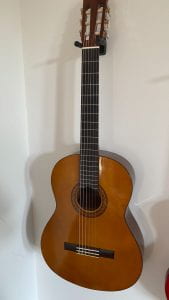
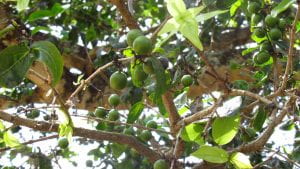 rip on the bus, we had arrived inKahandamodara as our first resting place. Everyone got together to organise rooms and where we were going to sleep. I stayed in a room with Luke and Harry from MYP5, and the installation went successfully. We had to eat lunch immediately after arrival, and I explored with new ways to enjoy food. I was taught how to eat with my hand, and how eating with your hand improves the taste of the food. After lunch, we hung out near the rive
rip on the bus, we had arrived inKahandamodara as our first resting place. Everyone got together to organise rooms and where we were going to sleep. I stayed in a room with Luke and Harry from MYP5, and the installation went successfully. We had to eat lunch immediately after arrival, and I explored with new ways to enjoy food. I was taught how to eat with my hand, and how eating with your hand improves the taste of the food. After lunch, we hung out near the rive